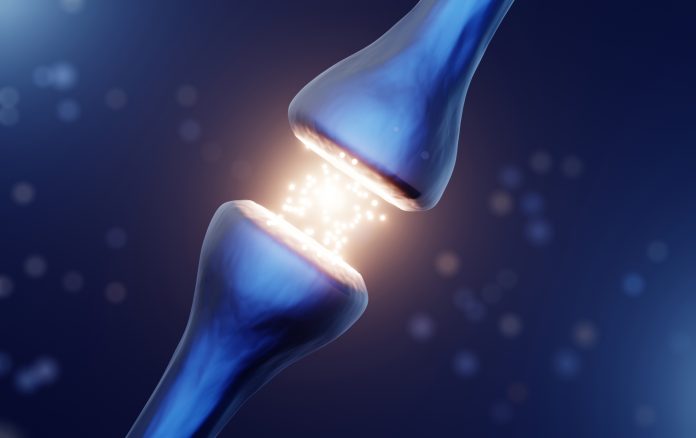
A “universal” brain circuit may underlie all substance use disorders, according to research from Brigham and Women’s Hospital and the University of British Columbia. The findings are published in Nature Mental Health. The lead author is Jacob L. Stubbs.
Analyzing data from over 144 studies involving 9,000+ participants, researchers found consistent neuroimaging abnormalities regardless of the substance people were addicted to. Regions of the brain previously thought to be individual targets for addiction treatments are part of this shared circuit. The researchers say their findings support use of targeted neurostimulation to treat addiction
“Our study found that different brain regions implicated in addiction are all a part of a common brain circuit,” said Michael Fox, MD, PhD, the paper’s senior author and founding director of the Center for Brain Circuit Therapeutics at Brigham and Women’s Hospital.
He added that, “Consistency across different papers means we now have a brain circuit to target addiction with treatments, rather than just a region.”
The team used network mapping approaches and a functional connectome to test whether neuroimaging abnormalities across substance use disorders mapped to a common brain network.
Starting with coordinates of regional brain atrophy from 45 studies (3,791 participants), and 1000 controls, they found that 91% of the neuroimaging findings from addicts mapped to a common brain network. Coordinates of functional MRI abnormalities from 99 studies (5,256 participants) mapped to a similar brain network. This network was specific to substance use disorder compared to atrophy associated with normal aging and neurodegenerative disease.
“The best potential targets were unclear because of how many different abnormalities have been found across those previous studies,” Stubbs said.
The team concluded that in the neurologic abnormalities across substance users mapped to a common brain network that was specific to substance use disorder.
They found no differences in networks across different substance use categories. The categories included nicotine, alcohol, cocaine or heroin.
In all, the team combined all substance use disorder data (144 studies, 9,047 participants) to generate an overall coordinate-based network for substance use disorder. This network includes positive connectivity to the anterior cingulate, bilateral insulae, dorsolateral prefrontal cortices and thalamus, and negative connectivity to the medial prefrontal and occipital cortices.
For example, lesions resulting in remission from nicotine use disorder (n = 34) intersected this network significantly more than control lesions (n = 69). Neuroimaging abnormalities across substance use disorders, they concluded, map to a common brain network that is similar across imaging modalities, substances and lesion locations that cause remission from substance use disorders.
“What’s fascinating is that because there’s so much heterogeneity in the neuroimaging and substance use disorder literature, we thought it was unlikely that we’d find a common circuit. But after much work and collaboration, we found something,” Stubbs said. “It’s exciting science.”













